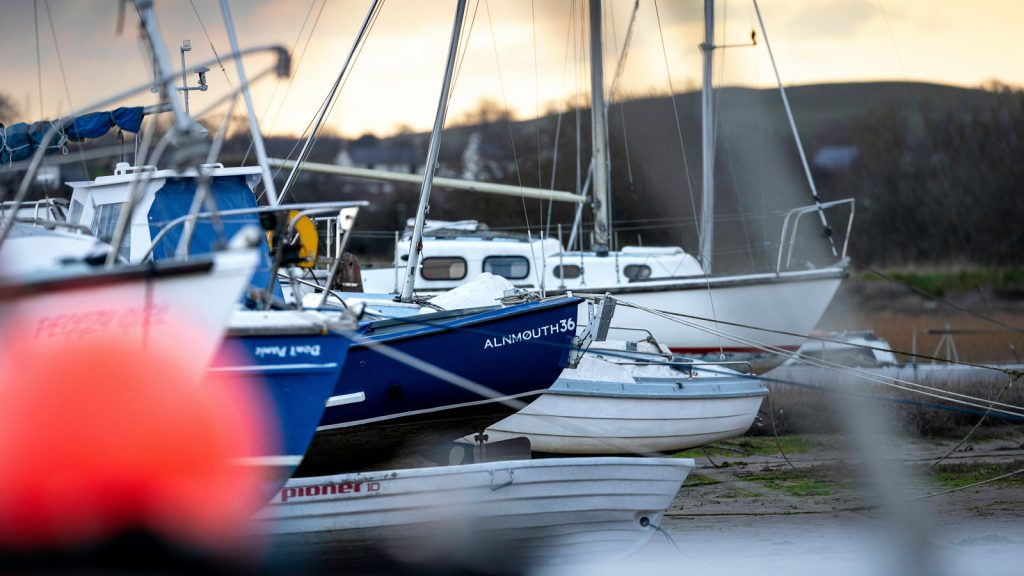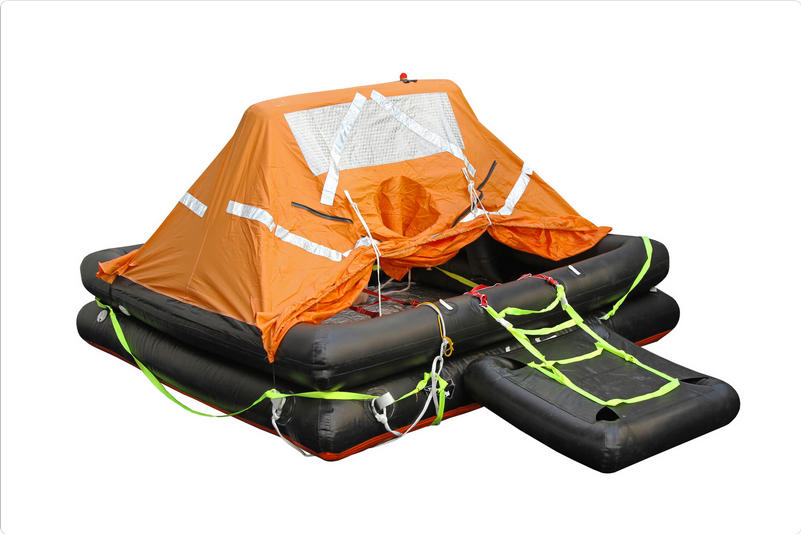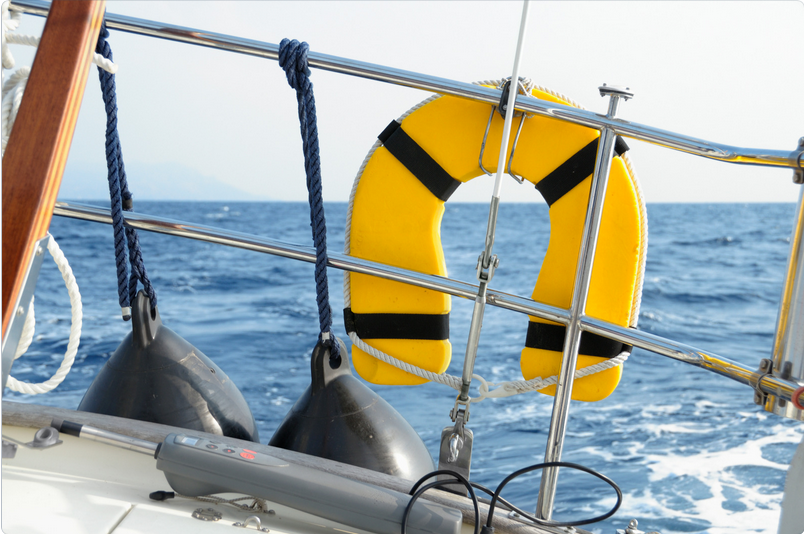The new Regulation of the Recreational Boating Code came into effect on October 21, 2024,
at the end of the last boating season: many people at that time were busy with winter
storage of their boats, while many others were still planning it, thus not paying
much attention to the latest changes introduced by the legislator. However, the changes introduced are not
few, and while not revolutionizing the life of recreational boaters, they inevitably bring changes that
cannot be overlooked. For better or worse? Among the boat berths in our port of Genoa,
whenever changes to the Nautical Code are presented, there’s a mix of positive and
negative comments, and this time was no exception. However, there’s no doubt in stating that, for
the most part, the new Regulation of the Recreational Boating Code presents actual
simplifications, without introducing new impactful obligations or new (significant) costs for
recreational boaters. In fact, here at our marina in Genoa, we’ve seen several
boaters quite happy with the new Nautical Code in recent months: as you can imagine, this relates to the
changes regarding life rafts and the D1 license. So let’s see what the
main changes in the Nautical Code are!

New Nautical Code: What Changes for Life Rafts
As highlighted by Confindustria Nautica in commenting on the new Regulation, “for small
boating, there’s a package of interventions that, overall, aims to support the segment that has
suffered the most from the increase in the cost of money and international instability”. And indeed, the changes
introduced can be seen as a mix of “implementation of devices, simplification
of procedures, and technological innovation”. The aim is to make sailing at sea simpler and at the same
time safer, without increasing costs, so as not to harm the boating sector.
And this spirit is well reflected in the changes regarding life
rafts. As is known, the Nautical Code requires all vessels navigating beyond 6
miles but within 12 miles from the coast to have a coastal life raft on board, an accessory that
at the time of its introduction gathered a flood of criticism. Well, the new Nautical Code gives
the possibility to do without the coastal life raft, provided that:
navigation is within 12 miles, there’s a CE-approved tender on board capable of carrying all the boat’s occupants, the inflatable boat is kept ready for use, and there’s a survival kit on board the tender

There are also other changes regarding the life raft. While it’s true that the
general requirement beyond 12 miles is to have an ocean life raft on board, the new Implementation
Regulation allows for its replacement with a coastal model, provided that navigation is within the
SAR zone and there’s either an EPIRB or a satellite phone on board: it is estimated that, navigating within
this limit and so equipped, a coastal life raft is sufficient to ensure safety in case of
emergency on the high seas. Furthermore, for inflatable boats, being themselves considered very safe, the
possibility of navigating beyond 6 miles – but within 12 – without having a
life raft on board has been introduced. As a replacement, it will be necessary to carry an additional fire extinguisher. It’s not surprising, therefore, that many inflatable boat enthusiasts here at the tourist port of Genoa have welcomed the Implementation
Regulation with enthusiasm!

How Safety Equipment Changes with the New Implementation Regulation
The main changes regarding on-board safety relate to the life raft, but they are not the only ones. There are also important changes in the field of life jackets, although no boater is obliged to replace those already on board their boats. First of all, the new Nautical Code requires that each life jacket must be immediately identifiable, with the obligation to write – even by hand – the vessel’s registration number on the life jackets; each life jacket must be equipped with an automatically activated LED light, an accessory that can be purchased separately; and furthermore, manufacturers are now obliged to put a clear expiration date on new models, based on their characteristics. As you can see, even on the life jacket side, the aim has been safety, albeit with the explicit objective of containing costs. Another measure of this type is the one involving the obligation to be equipped with an EPIRB for unlimited navigation: with the new Implementation Regulation of the Nautical Code, this device can be replaced by a satellite phone, provided that it is equipped with an emergency button, so as to allow rapid intervention by rescuers. And again, boaters should know that it will be possible to replace the classic hand flares with safer and more durable LED light devices. The introduction of the D1 nautical license Probably the change with the greatest echo has been the introduction of the nautical license, the D1. Practically everyone has already heard about it, and in our marina in Genoa, we’ve heard the most diverse opinions on this new license. It will suffice to remember that the new nautical license will allow, once a “simplified” exam is passed, preceded by a training course in theory and practice, to operate within 6 miles vessels with an engine power equal to or less than 115 horsepower, between sunrise and sunset. Much discussed is the fact of having extended the D1 license to young people starting from 16 years of age: in fact, once an exam is passed, a sixteen-year-old will be able to pilot a boat up to 10 meters powered by a 115 horsepower engine.

New Nautical Code and Large Vessels
Knowing that our port of Genoa is among the preferred marinas in Liguria for yacht owners,
it’s worth remembering that there are interesting changes for them too: we’re thinking of the
simplifications provided for the registration of vessels coming from other registers, with the
sales invoice or authenticated subscriptions being sufficient for registration in the
telematic register, even for superyachts. Registration which, moreover, can also be requested
by the leasing user.


